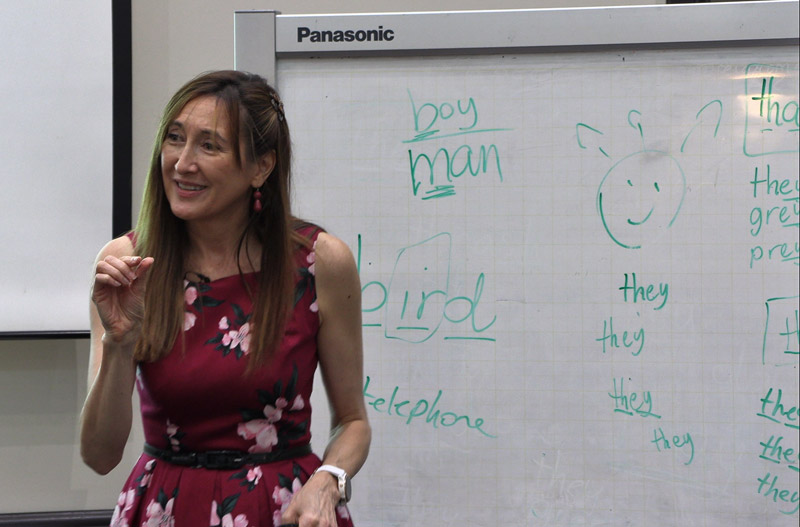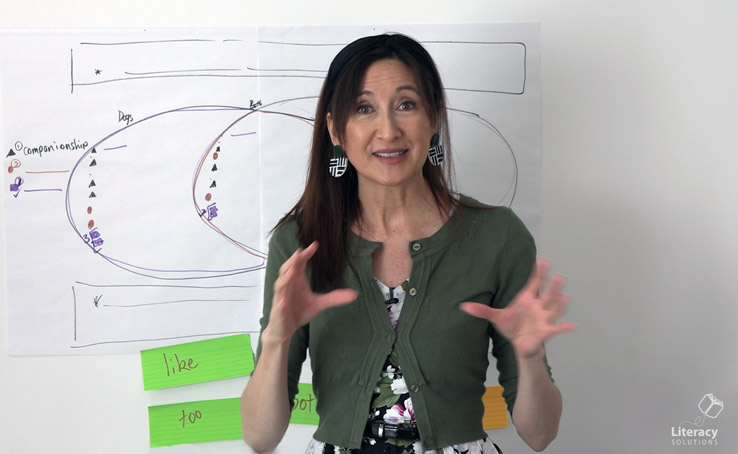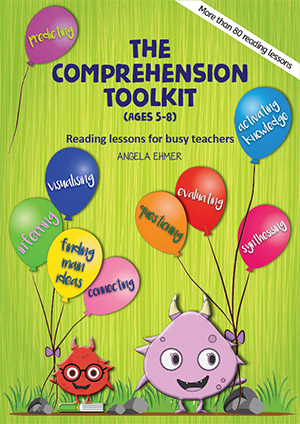The Reading Wall
I am relishing the opportunity to do some independent coaching at an outer Brisbane primary school. As part of a whole school approach to improve reading outcomes, I am implementing a strategy with which I have experienced great success over many years of working with harder to teach students.
It has been almost ten years since I first introduced The Reading Wall as part of an initiative to accelerate the reading growth of students participating in literacy intervention programs. Since that time, I have enjoyed and welcomed the many opportunities to refine this strategy for use across all primary years.
So, what is The Reading Wall?
The Reading Wall is a strategy used to:
- highlight and analyse strategic problem solving
- build a meta language for describing problem solving activity
- prompt for (student) reflection
- highlight the use of strategic actions for reading across all subject areas.
Through continued contact with teachers and students and the implementation of The Reading Wall in every room, we are working toward one goal . . . to improve reading outcomes.
How are we doing it?
We implement The Reading Wall through the use of consistent routines, procedures and teaching practices and by building endurance and stamina to increase the length of time students are able to read.
. . . Within weeks we have seen significant growth in reading stamina, with one class already reading uninterrupted and sustained, for more than 30 minutes at a time . . . no one gets up to change books, no one gets a drink, not one student disengaged, every student on task! We are setting goals for students to work towards two million words each year!
Not only that, but many students are showing an intrinsic motivation to read, as well as confidence and enthusiasm to participate in discussions around strategic problem solving.
Those of you who attended the Novice to Ninja or Expert Teachers workshops have heard me discuss the need to:
- increase reading stamina
- increase the daily volume of text read by all students
- build a consistent meta language to describe problem solving actions
- support students to know which strategic action/s to apply in order to successfully solve
- teach for assured success
- reinforce successful attempts at solving in order to increase the likelihood that the strategic actions will reoccur.
You’ve also heard me talk at length about the importance of text choice in order to develop self regulatory reading behaviour. Independent reading, within the context of the formal reading program meets different outcomes to those of Uninterrupted Sustained Silent Reading (USSR) or Free Voluntary Reading (FVR). Therefore, text choice is critical.
It has been a thrill to see children take ownership of their learning, read with a sense of purpose, bask in the success of the solving they are doing and transition from reading because they have been ‘told to read’, to reading because they are intrinsically motivated to do so. What a privilege to be working with teachers on this!
It was with the greatest joy that I entered 4W last week and after independent reading, during which time Andrew, the class teacher and I listened to several children read and gathered vital data to share with them (the children) – VERY IMPORTANT!!!; the children requested that we continue with the new Buddy Read model we’d started learning two days prior.
For almost an hour the children read. Andrew and I gathered data on all of them and then moved to the Reading Wall to highlight the use of strategies and strategic behaviour we’d observed, and to discuss ways to solve some of the trickier words encountered.
It is with great enthusiasm that we continue to build a love of reading, highlight specific reading goals and provide clear, purposeful and relevant reading instruction to students across this school.





The Reading Wall has proved to be very successful in my classroom. The children are now able to articulate their reading strategies more clearly and they enjoy celebrating as their names are placed on the strategy posters. I now have some hard to teach readers who are excited about reading and are trying new srategies to decode unknown words. My students and I owe Angela a big “Thank you” for her ongoing encouragement and support throughout this process.
I would love to know more about the reading wall. It would be an invaluable tool in the classroom. Sounds exciting.
Could you build this into an in-service? It sounds to me that it would be something many people would be interested in knowing more about with a view to implementing it within their classrooms.
I remember this idea being discussed at a teacher workshop in 2009, and being very interested to learn more! Certainly a strategy I would like to hear more about.
I would love to learn more about The Reading Wall. I’m always on the look-out for strategies to assist the ‘hard to accelerate readers/writers’
I would certainly be interested in learning more about the Reading Wall to help assist my Reading Recovery students as they come off that programme and back into class. I think the whole class could benefit from your programme/strategy by the sound of it.
Angela, I would really like to hear more about The Reading Wall. Also would it be possible to show what the Reading Wall looks like and some of the strategy posters Cathy talked about?
Iwould really like to see photos of the reading wall.also canIhave copies of some strategy posters?
PS – Happy to buy them.
Robyn
Would love to see photos of the reading wall. Can strategy charts be purchased?
Robyn
A whole school approach to the reading wall would be beneficial. How do we get involved? Sounds great … always looking to improve reading outcomes.
I’d love to learn more. This might be just what I’m looking for the engage my reluctant readers.
All of my teachers are implementing the reading wall. Our students can discuss how many minutes they have built their reading stamina to. Even our Preps are building reading stamina and teachers are working hard to scaffold students into appropriate levels of text so they are problem solving words on a daily basis. Some of our younger students have modeled their reading on assembly and showed off our new reading scheme which our P&C have purchased for the school. WE publish inofrmation to our school community in the school newsletter so parents are starting to talk to us about our building reading stamina strategy. We are about to implement a “Books for Breakfast” program to support studnets reading before school. We love reading at our school.
Hi Angela,
I attended your Novice to Ninja workshop on 20th July. It was great. Thank you. We had a number of staff also attend the afternoon session. Next term a few of us were keen to share the Reading wall with the rest of the staff and wondered if you could send a copy of one – so that we can use the same langage as you used.We are all on board with increasing our reading stamina in the school. It’s really beginning to happen at our place. Ta
Hi Jenny
The reading wall charts will be available on the website when the artwork is finished. The artist is working on the images at the moment. We’ll let people know when we have them ready.
Love the opportunity to maintain and “service” literacy teaching strategies. The “Reading Wall” sounds interesting. Very important to introduce students to developing intrinsic reading behaviours through many and varied opportunities and stimuli.